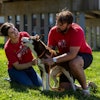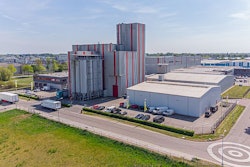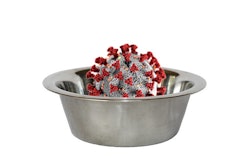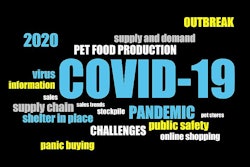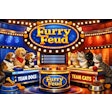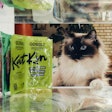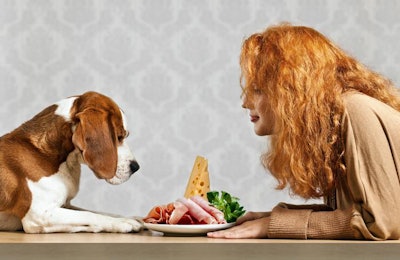
Following the Great Recession, two factors drove pet food industry growth: humanization and demand for natural products, Bryan Jaffe, managing director of Cascadia Capital, said. Those trends have become so widespread that they may no longer fuel growth in the same way during the eventual recovery from the ongoing COVID-19 pandemic and ensuing economic disruption.
Humanization and natural pet food
Within a few generations, dogs went from being snarling burglar alarms living leash-less in the backyard to coddled fur babies eating human-grade food delivered fresh to their homes. Likewise, YouTube-star cats no longer have be mousers to get extra protein. Humanization of pets means people consider pets to be members of the family and often treat them on par with children. That includes food choices.
Speaking of human food choices, natural products have become a dominant trend in both pet and people food. The natural trend involves minimal processing, fewer synthetic ingredients and more unrefined or fresh foods. Marketing foods as natural has become a powerful force in the human space, as is just as important in pet foods.
“As the humans improve the quality of their diets it was logical that the diets of companion animals undergo the same evolution,” Jaffe said.
That evolution may have reached a point where it is no longer a revolution. While sales volume of pet food has been relatively flat in many developed pet food markets over the past several years, sales value did increase as the premiumization trend changed consumer demands. People bought the same amount of pet food, but chose products that were more expensive.
Limits of pet food premiumization and humanization
However, conversions of Baby Boomer to natural and premium pet foods may have already been made, and younger generations may not follow the same pattern.
“As younger generations become the driving force of pet industry spend, we need to appreciate that they have grown up only knowing pets as equal members of the family, eating, more often than not, a more naturalized diet,” Jaffe said. “Thus we can’t expect that they will drive incremental growth through these same levers. However, if you look at how these younger generations behave as consumers you can postulate that what drives their current behavior will in turn influence how they treat their pets over time.
Younger pet owners tend to be influenced to buy pet food by these four factors, he said.
- Health
- Wellness
- Sustainability
- Convenience
“These are the current and near term future drivers that companies should expect to prioritize as an industry so as to align with future growth.”

